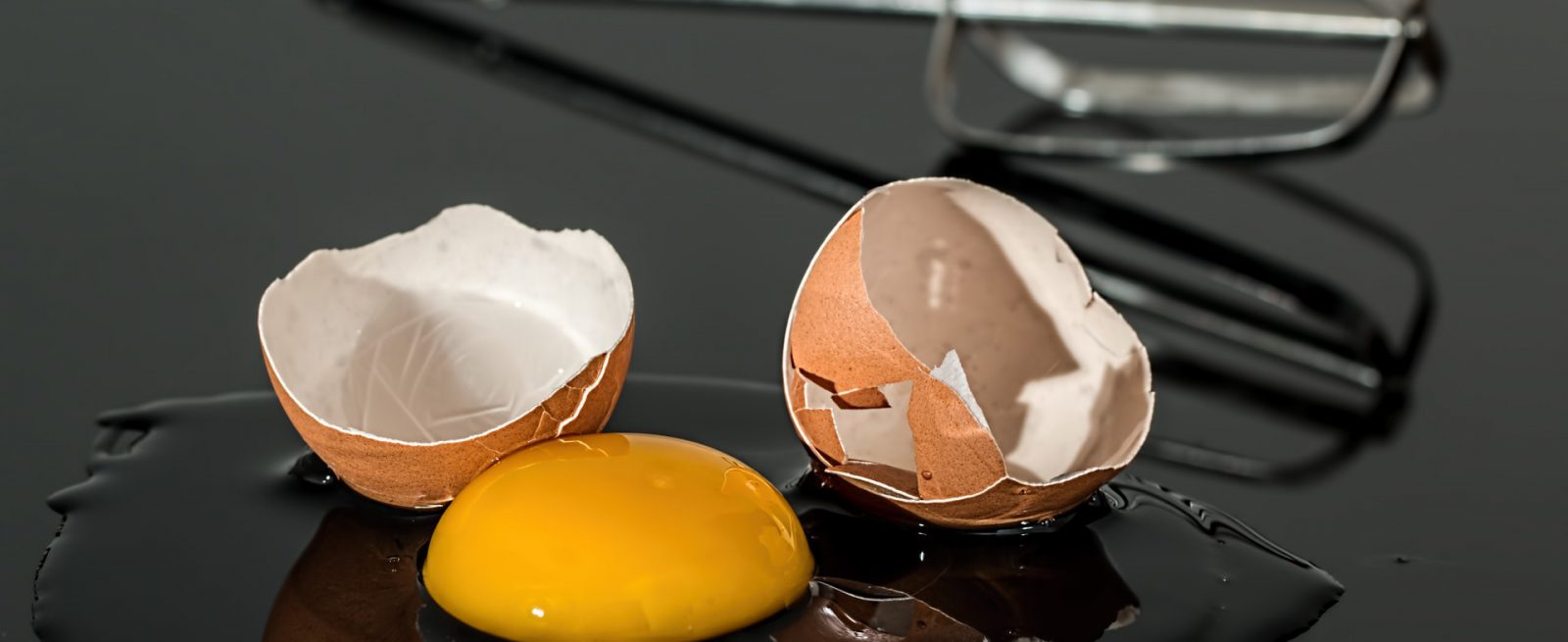Top Tips for Health and Safety in Restaurants
4 Min Read By Tom Larkin
Health and safety are buzzwords in the restaurant industry and most tips are common sense; however, appropriate measures can reduce workplace accidents that can be costly to both restaurateur and employee. The Health and Safety Executive has numerous documented cases of restaurant accidents that could have been preventable from an employee slipping on water from a leaking ice machine and flash frying her arm to a fractured skull from a slip to contamination issues. Since slips, trips, and falls are the most common workplace accident, find out how to keep everyone safe in your restaurant by reducing these types of accidents.
Consider the Size of Your SpaceWhen you have multiple staff in a confined space, you increase the risk of accidents. Of course, you cannot always expand your kitchen or move sites, but it’s important to train your staff on effective communication within a space, especially if you have multiple chefs, KPs and trainees crammed in one room. For example, Chef Joe…
Sorry, You've Reached Your Article Limit.
Register for free with our site to get unlimited articles.
Already registered? Sign in!


